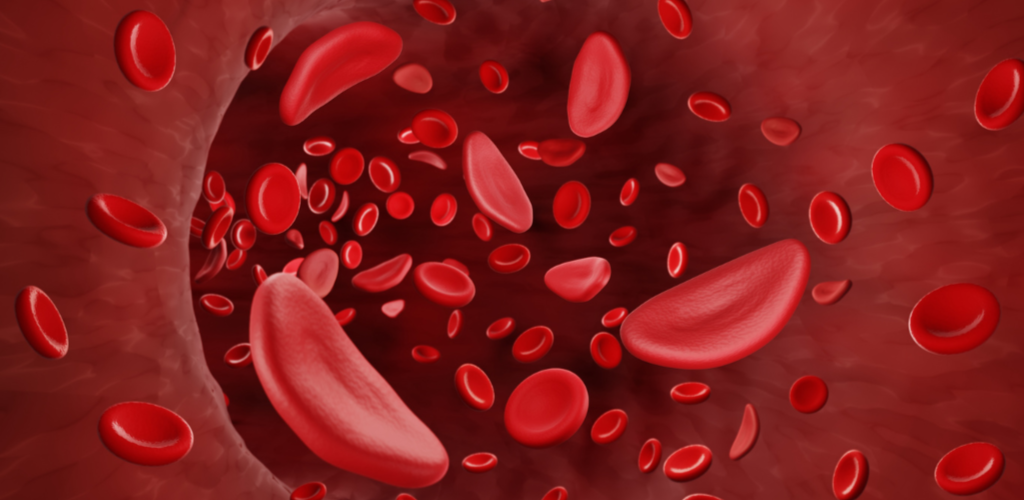Shining Light on Sickle Cell: Awareness, Action & Hope
What is Sickle Cell Disease (SCD)?
Sickle Cell Disease is a genetic blood disorder in which red blood cells, normally round and flexible, become crescent or “sickle”-shaped. These sickled cells block blood flow, break apart easily, and can’t carry oxygen efficiently. This leads to chronic pain, fatigue, infections, organ damage, and in severe cases, life-threatening complications.
SCD is inherited — meaning both parents must pass on the sickle cell gene. It primarily affects people of African, Mediterranean, Middle Eastern, and South Asian ancestry.
Why is June 19 Important?
World Sickle Cell Day was established by the United Nations in 2008 to raise awareness of the condition, encourage early diagnosis, and promote better healthcare access for affected individuals globally.
Key Facts:
Over 20 million people worldwide live with SCD.
In India, SCD is highly prevalent in tribal populations and rural belts, especially in states like Maharashtra, Madhya Pradesh, Odisha, Chhattisgarh, Gujarat, and Jharkhand.
Early screening, regular care, and community awareness can dramatically improve quality of life.
Signs & Symptoms:
Severe pain episodes (pain crises)
Fatigue and weakness
Swelling in hands and feet
Frequent infections
Delayed growth or puberty in children
Vision problems
What Can You Do Today?
Get Educated: Learn how SCD affects individuals physically and emotionally.
Encourage Screening: Promote newborn and premarital screening — especially in high-risk areas.
Break the Stigma: Talk openly. SCD is not contagious.
Support Families: Join or donate to organizations helping with treatment access, counseling, and education.
Promote Blood Donation: People with SCD often need regular transfusions. Your donation can save a life.
Hope Through Science:
While there is currently no universal cure, gene therapy and bone marrow transplants offer new hope. Continued research, access to healthcare, and early intervention are critical in managing and eventually defeating Sickle Cell Disease.






